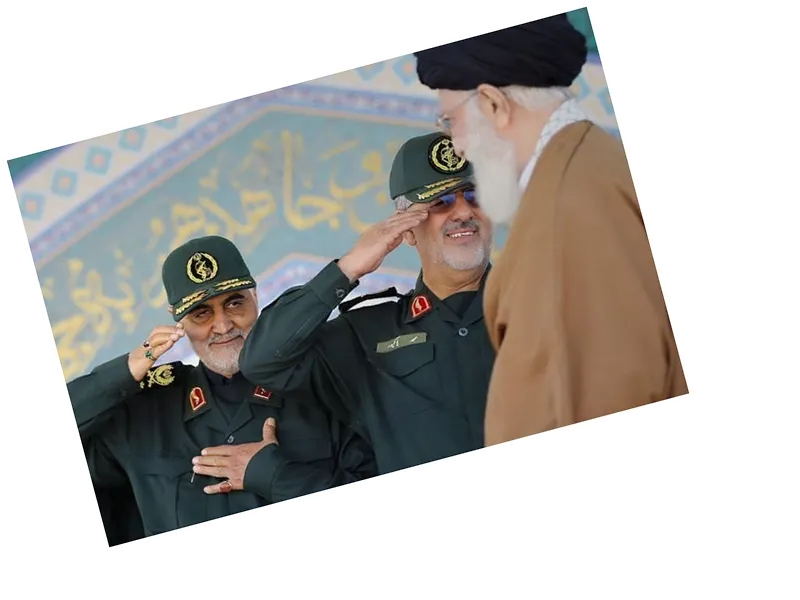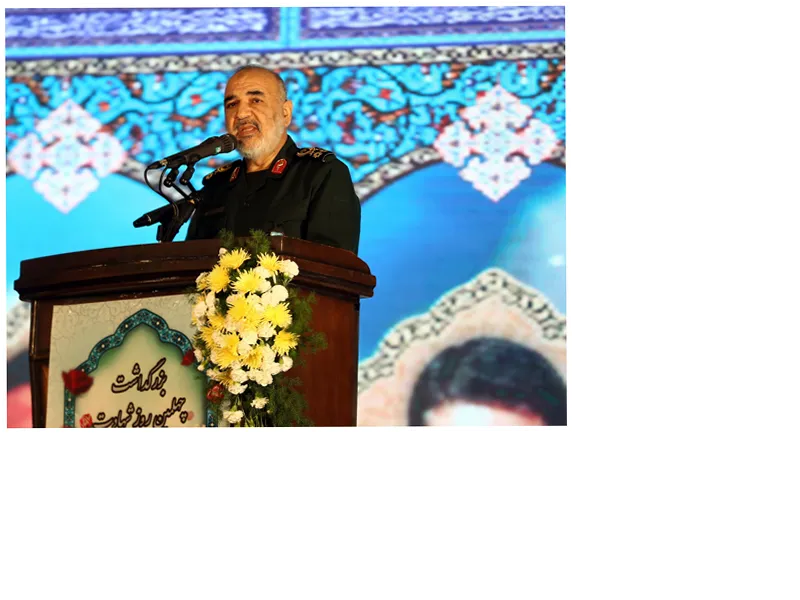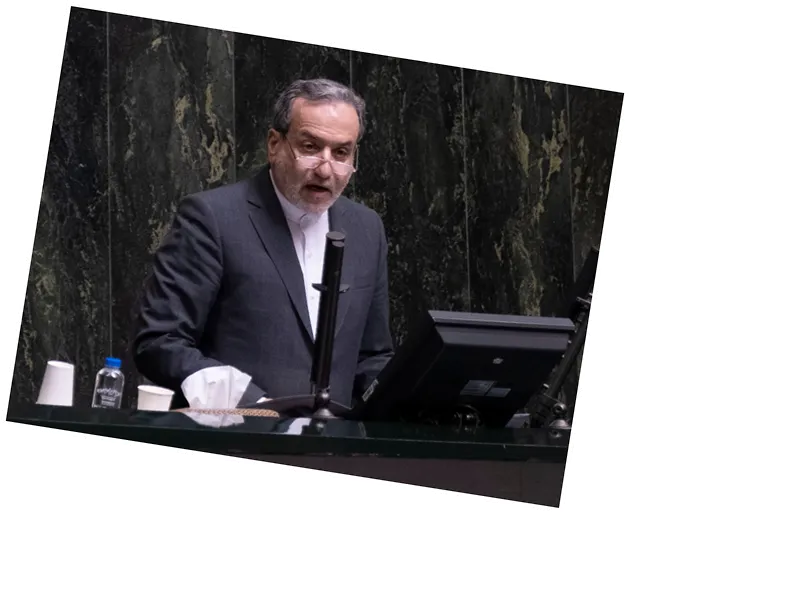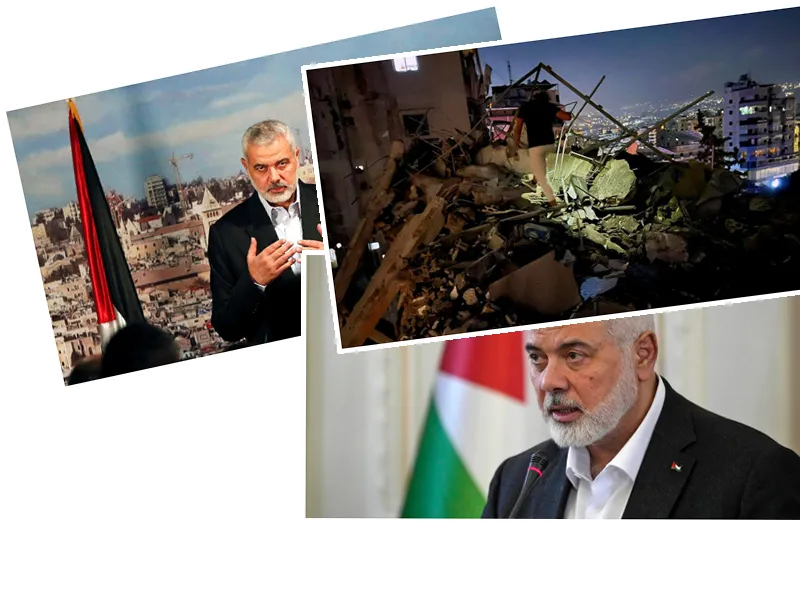In the midst of escalating tensions in the Middle East, the Iranian military plays a crucial role in shaping regional dynamics. Iran is represented by two main military forces: the Iranian Army and the Revolutionary Guard. While both share the overarching mission of protecting the nation and promoting its interests, their functions and roles differ significantly.
The Iranian Army serves as the traditional military force, tasked primarily with safeguarding Iran's borders and national sovereignty. It encompasses land, naval, and air forces, operating under the General Command of the Iranian Armed Forces. In contrast, the Revolutionary Guard, established post-1979 revolution, focuses on protecting the Islamic Revolution and the political system, engaging in regional affairs, and supporting political movements. Its Quds Force is specifically dedicated to foreign operations, a role not assumed by the Army.
Despite their distinct responsibilities, both institutions coordinate under the General Staff of the Armed Forces of the Islamic Republic of Iran, which is the highest military authority. Joint operations occur at the Khatam al-Anbia air defense base, enhancing the integrated command and control network of Iran's military forces.
Experts suggest that the Revolutionary Guard's air and space capabilities serve as Iran's primary deterrent force, especially in the absence of land borders with adversaries. The Guard has shifted its focus towards missile production, developing long-range ballistic missiles due to sanctions limiting access to modern fighter jets. This strategic pivot aims to enhance Iran's military deterrence despite challenges in accuracy.
The Revolutionary Guard also plays a vital role in supporting the Army, maintaining the ideological values of the Islamic Republic and engaging in cultural and social activities. Its mobilization forces, which are popular and irregular, contribute to various tasks including reconstruction and education, further solidifying the Guard's influence within Iranian society.





